This is how often you should be watering drought-tolerant plants in the garden, according to experts
Here's how to get it right

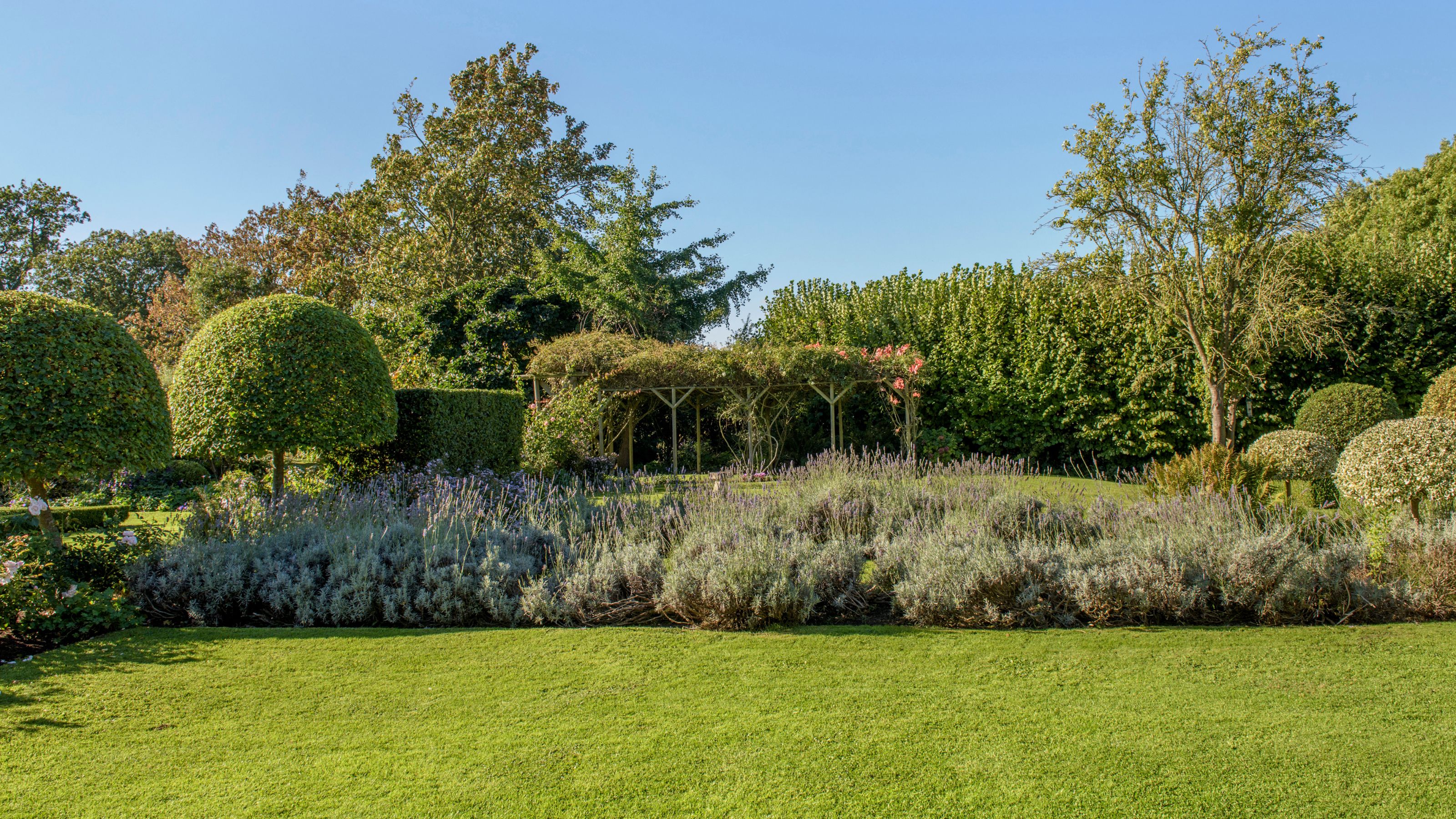
Drought-tolerant plants famously need very little water to thrive, making them ideal for dry, hot summers. But how often should you water drought-tolerant plants in the garden?
Even the best drought-tolerant plants out there need some water to survive, but figuring out how often you should water your garden in hot weather is always tricky work.
I checked in with the experts to find out how much water drought-tolerant plants really need, in pots and the ground, and picked up a few pieces of watering wisdom to ensure your plants get the most out of every drop.
What you'll need
- A watering can, like the Hardys 10L Green Rose Watering Can, £12.99 at Amazon
- A drip irrigation kit, like the Verve 60-Piece Irrigation Kit, now £15 at B&Q
- Or, upgrade to a smart watering system, like the Gardena Water Control with Bluetooth® App, now £69.99 at Amazon
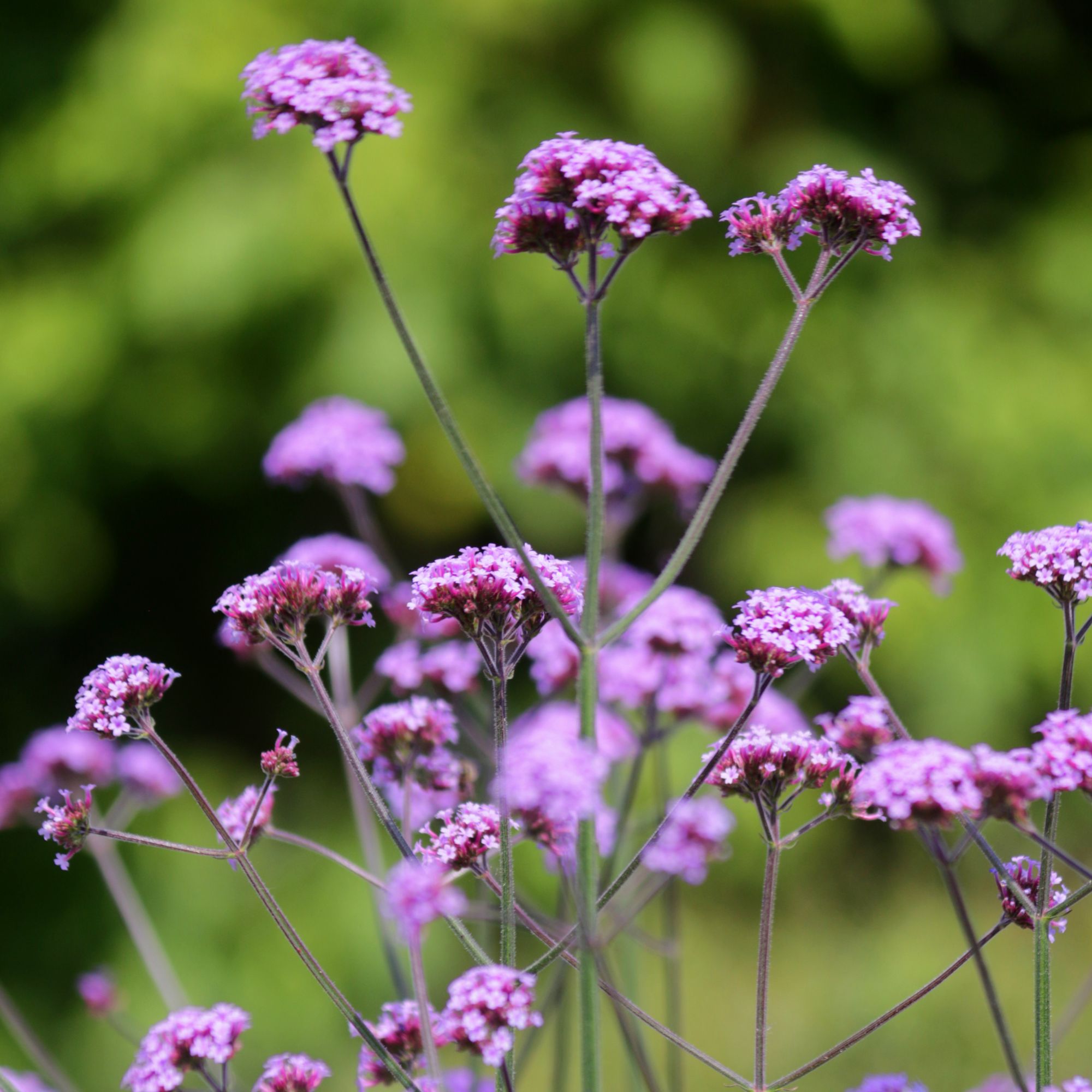
How often should you water drought-tolerant plants in the ground?
You’ll find that a lot of the best plants for a Mediterranean garden are drought-tolerant, because their roots can be traced back to dry, hot climates.
To find out how often you should water drought-tolerant plants, it made sense to check in with Sam Shipman, head gardener at the National Trust’s Beningbrough in North Yorkshire, which is home to a new Mediterranean garden. It features plants from Mediterranean zones that can better cope with both extreme heat and wet.
As it turns out, it depends on how old your drought-tolerant plants are, because they need more water in their first year of planting.
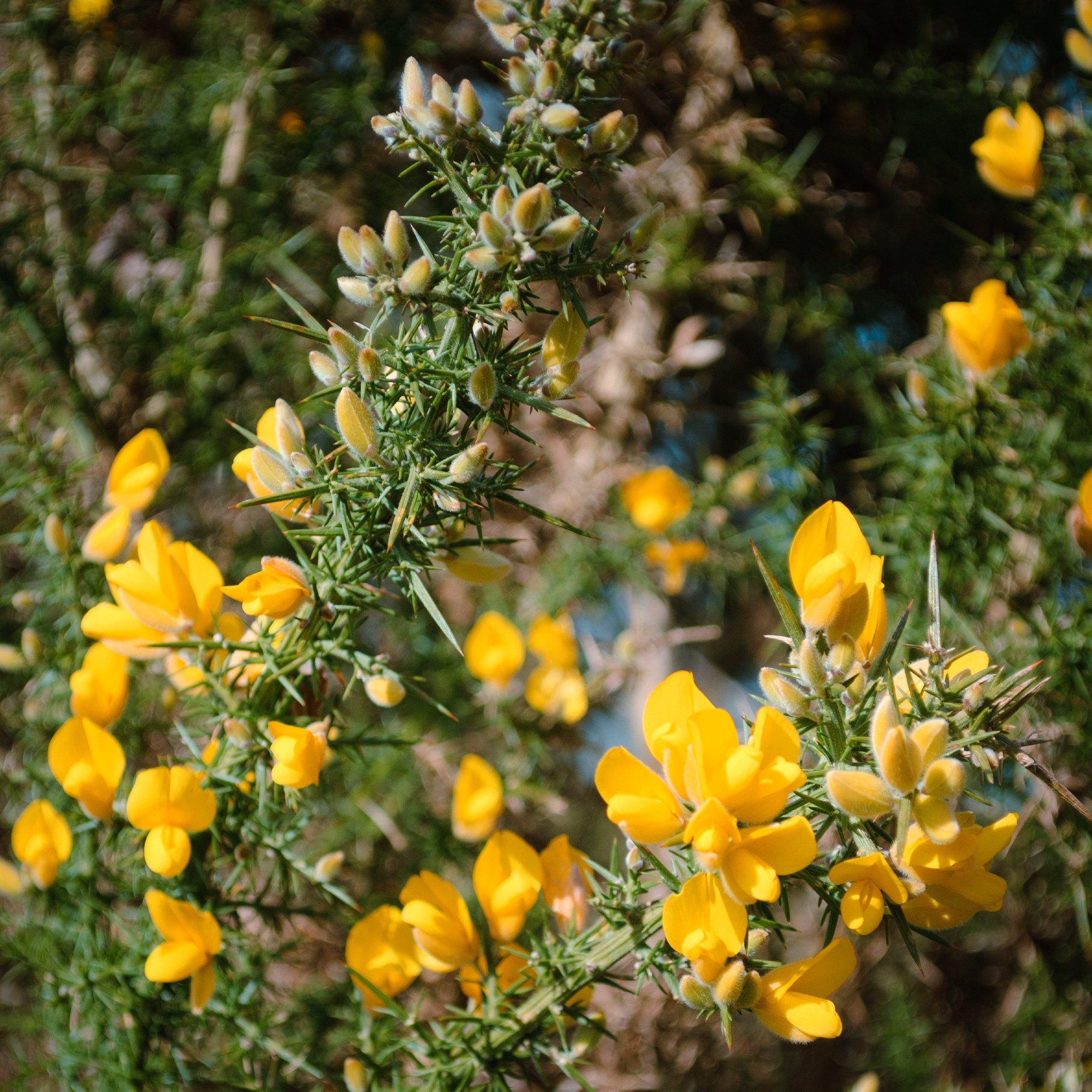
‘In the new Mediterranean Garden, we only water the newly planted plants for the first year,’ Sam explains.
Sign up to our newsletter for style inspiration, real homes, project and garden advice and shopping know-how
‘We plant as much as we can in autumn and spring when the soil is warm and wet, as this encourages plants to put roots down into the soil to find water, rather than developing shallow surface roots which will be more vulnerable to hot sun and drought.’
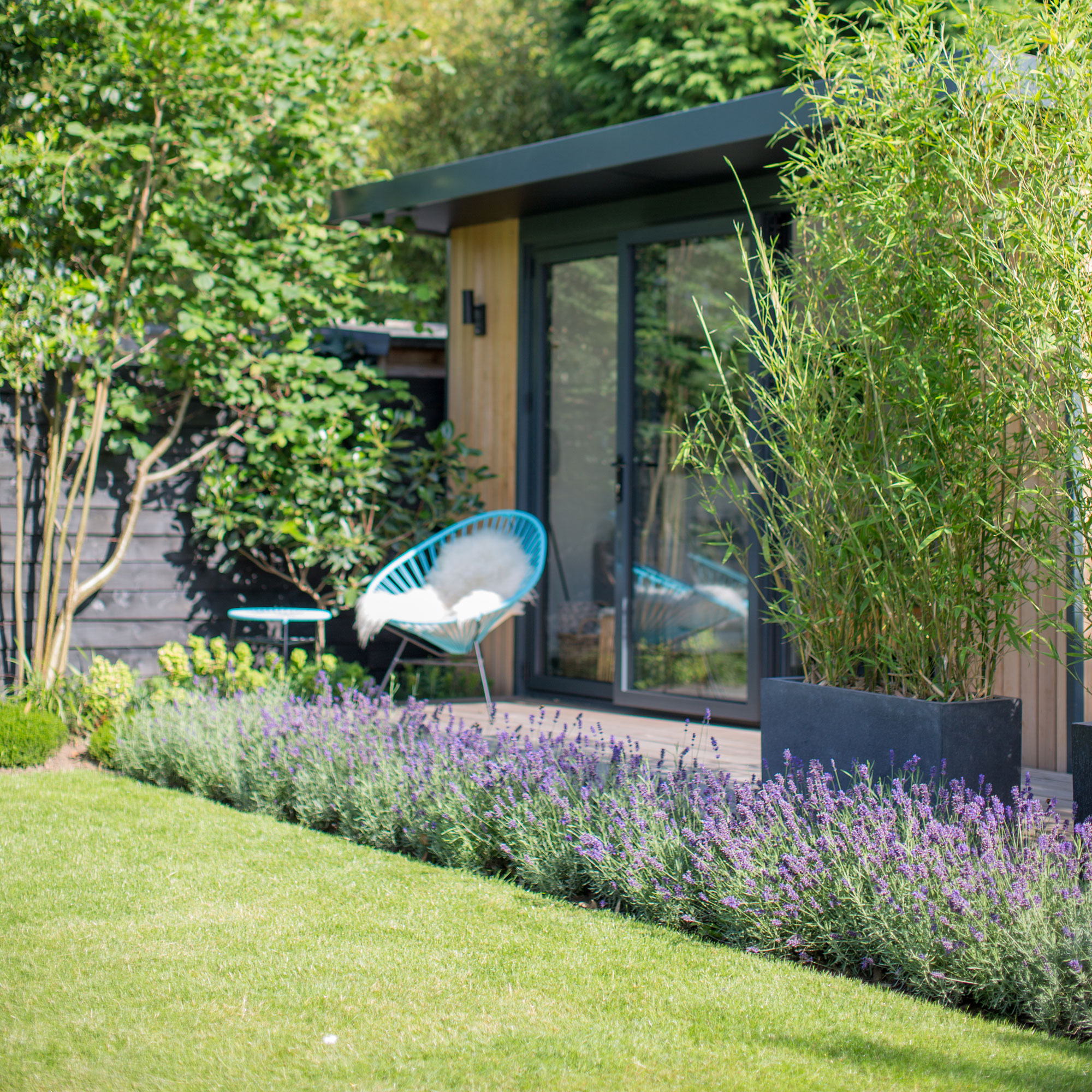
So, how much water do drought-tolerant plants need in their first year?
‘Drought-tolerant plants in borders need watering every one to two weeks during their establishment phase, depending on weather conditions,’ says Annelise Brilli, Thompson & Morgan’s horticultural copywriter.
Once they're established, you can scale the watering right back.
‘After about six to eight weeks, they typically develop strong enough root systems to handle dry spells without assistance,’ Annelise explains.
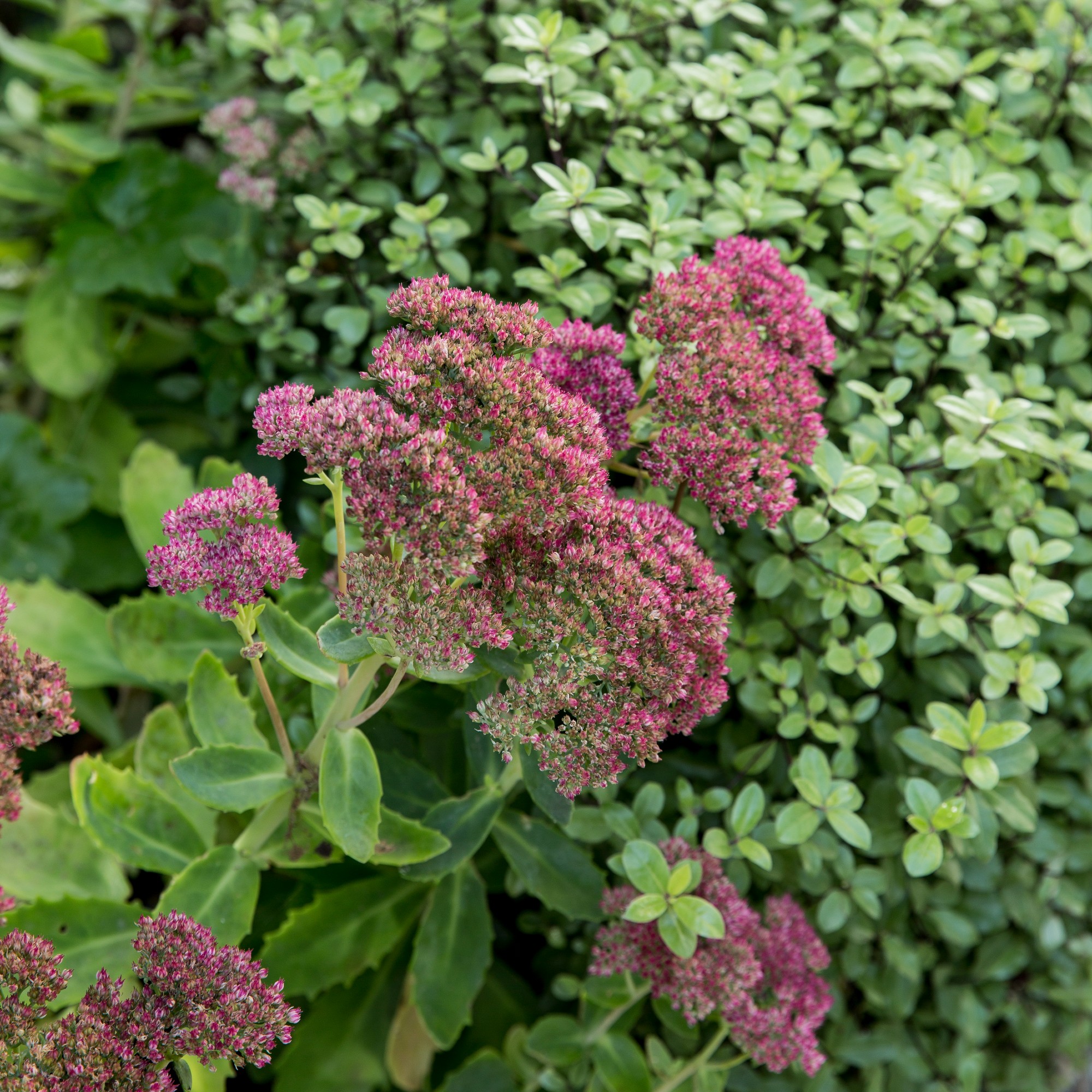
If you’re wondering whether it’s better to water your plants in the morning or at night, both times can work for drought-tolerant plants.
‘You should avoid the heat of the day, when water evaporates quickly, so water early in the morning or evening,’ says Liam Cleary, outdoor plants expert at the Old Railway Line Garden Centre.
It’s also crucial that you’re watering your drought-tolerant plants efficiently, so that moisture isn’t lost to the summer heat. Beyond the establishment phase, infrequent but deep watering is best.
‘When planting trees and large shrubs, adding a pipe that reaches the roots will be the most effective way to water them, rather than watering on top of the soil,’ says the National Trust’s Sam.
You can pick up Amazon's Choice for an irrigation pipe for £19.95.
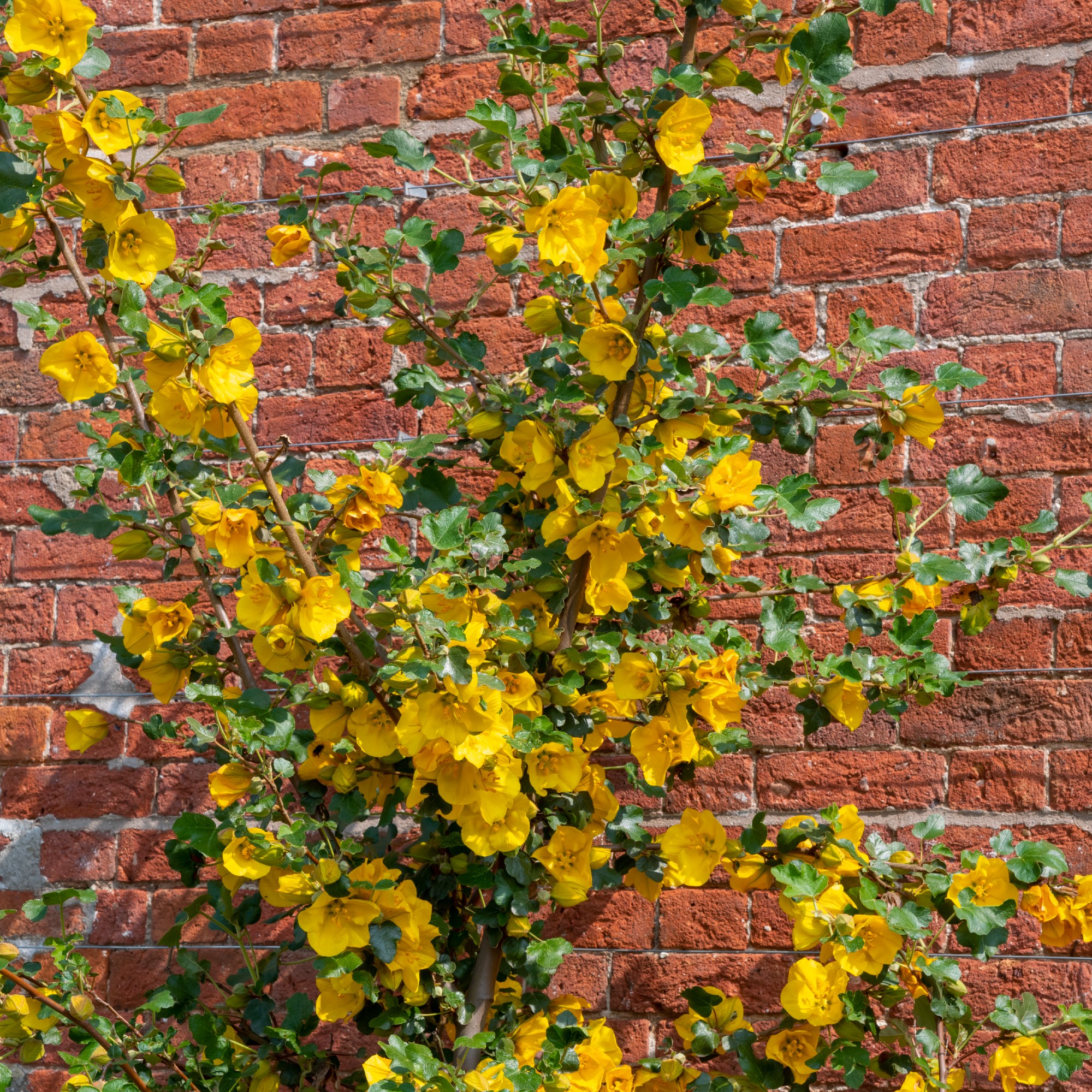
Mulching is also a drought-tolerant plant’s best friend.
‘We mulch with gravel, which is in keeping with the Mediterranean feel – to help reduce water loss,’ says Sam. ‘We mulch the rest of the garden with compost and leaf mould, again, to help keep moisture in.’
How often should you water drought-tolerant plants in pots?
Now, container plants are a little different. Like all low-maintenance potted plants, drought-tolerant plants in containers will dry out a lot quicker, and while they can tolerate dry conditions, they’ll need more attention than plants in garden borders.
‘Potted plants generally need watering once or twice a week, but containers –especially terracotta pots and hanging baskets – can dry out much more quickly,’ explains Annelise.
‘While highly drought-tolerant plants like tender pelargoniums may survive for two to three weeks without water, prolonged dry spells in hot weather can cause stress symptoms such as yellowing or reddening foliage and a noticeable drop in flowering. Regular watering will help maintain their health and performance.’

It’s important to get the potting mix right to begin with, too.
‘When planting in pots, we include soil in the mix to help retain water,’ says the National Trust’s Sam. ‘Mulch the soil and water every other day in hot weather. Watch out for windy weather as this can be very drying, and remember to feed – perhaps with a seaweed feed – as the water will leach nutrients out of the soil.’
You can pick up envii SeaFeed Xtra from £13.95 at Amazon.
The amount of water drought-tolerant plants need will depend on whether they're in pots or the ground, and how long ago you planted them. Drought-tolerant vegetables might need a little more tending to...

Sophie joined the Ideal Home team as Gardens Editor in June 2024. After studying English at Royal Holloway, University of London, she began writing for Grow Your Own, which spurred on her love of gardening. She's tried growing almost every vegetable under the sun, and has a soft spot for roses and dinnerplate dahlias.
As Gardens Editor, Sophie's always on the lookout for the latest garden trend. She loves sharing growing hacks for every space, from herbaceous borders to balconies.